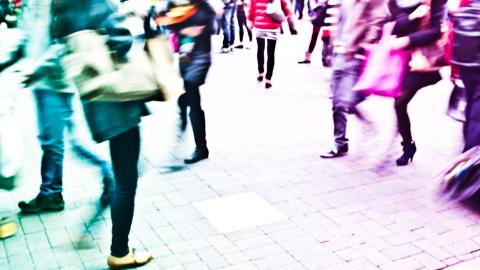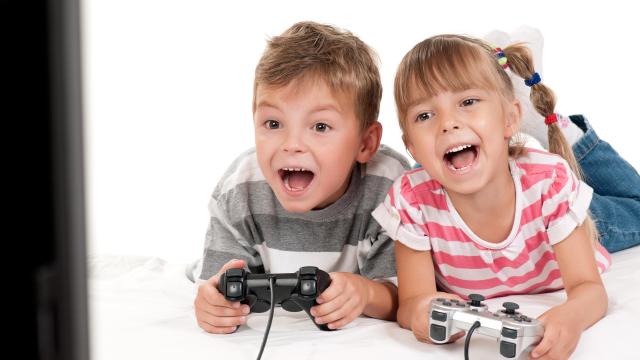How City Living Is Changing Human Biology

What’s the Latest Development?
While only three percent of the world’s surface is covered by urban landscapes, more than half of the human population lives in city environments. That’s changing human culture as well as human biology, say genetic experts. “The spread of genetic diversity can be traced back to the invention of the bicycle, according to geneticist Steve Jones, which encouraged the intermarriage of people between villages and towns. But the urbanization occurring now is generating unprecedented mixing. As a result, humans are now more genetically similar than at any time in the last 100,000 years, Jones says.”
What’s the Big Idea?
Intimately intertwined with urban intermingling is, of course, the Internet. Beyond the brick and mortar of the corner store, it creates a distinct virtual city that maps onto all urban environments across the globe. “In the course of a day, the average person in a Western city is said to be exposed to as much data as someone in the 15th century would encounter in their entire life. The digital birth of a baby now precedes the analogue version by an average of 3 months, as parents post sonogram images on Facebook and register their infant’s domain name before the child is even born.”
Photo credit: Shutterstock.com





